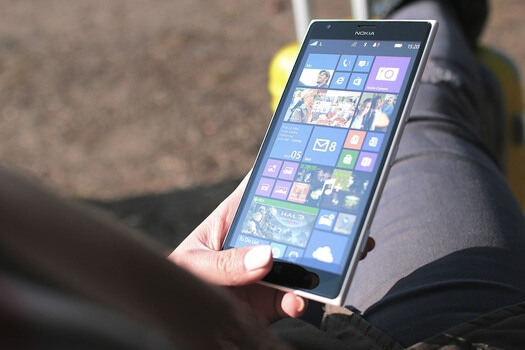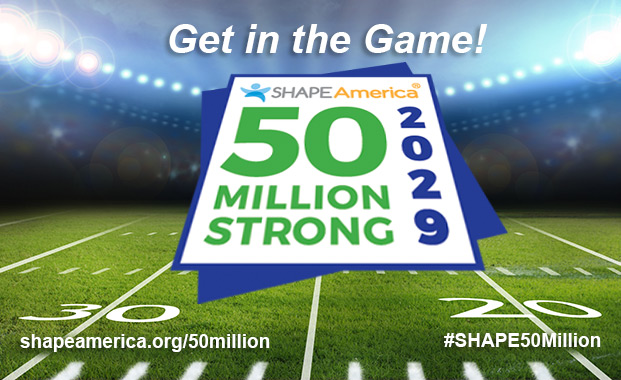One of the great things about technology is how its created more ways for us to communicate with each other. Face-to-face meetings may be more effective and enjoyable, but for many reasons we unfortunately can’t always get together at the same time and place. So this month, I’m pleased to be able to share with you a free online presentation that you might find interesting.

Time differences of course make it hard to join many presentations live. Fortunately, GOPHER Sport has recorded and archived its free monthly webinars online. It’s been doing this for more than a year. Take a look. I think you’ll be impressed by the topics and presenters – http://www.gophersport.com/webinar-recordings.
My recent presentation focused on where I think physical education should be going in the future. Since my participation in NASPE’s PE 2020 initiative a few years ago, I’ve become very interested in the future and especially in what it may hold for physical education.





